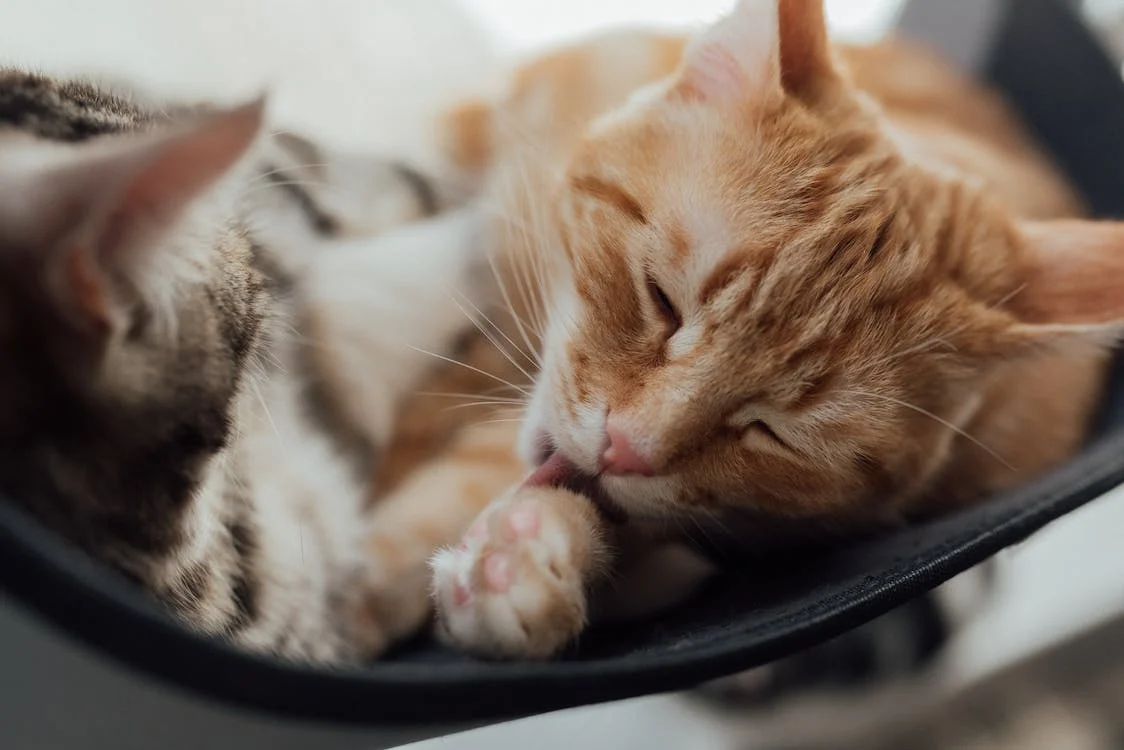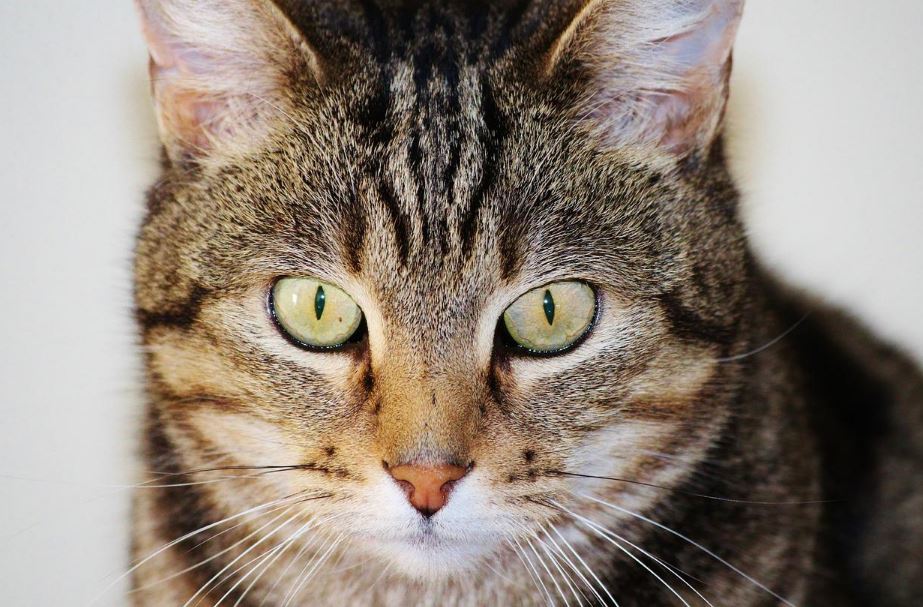Not all cats purr! In fact, there are two kinds of cats, the ones that purr and the ones that roar. For instance, none of the Pantherinae (big cats) subfamily of cats can purr. And this includes lions, leopards, jaguars and tigers. They can roar. Now the cats that can purr include our domestic common as well as big cats that can’t roar, like bobcats, cheetahs, lynxes, pumas and wildcats. When a cat purrs, it appears to be a simple vocalization, but it actually has a deeper meaning and purpose. Your cat’s vocalizations can help you communicate better and strengthen your relationship if you understand what they signify.
Recuperation and Solace
It is common for cats to purr even when they are hurt or disturbed, even though it takes them a lot of energy to do so. When you put in so much time and effort, what do you get in return?
A cat’s thumb sucking behavior may be a kind of self-medication, similar to that of a child. These vibrations are also thought to have healing and muscle-building properties and may even work as a painkiller, which could explain why sick or injured cats prefer to invest their energy purring. In addition, it may explain why cats tend to heal faster after surgery and have fewer difficulties than dogs do. When it comes to falling from tremendous heights and recovering from surgery, cats are better equipped than dogs.
Research suggests that a cat’s purring may really hasten its healing time. By creating a series of connected vibrations in their body, low-frequency purrs can cure bones and fractures. Reduce swelling and pain by strengthening tendons and muscles and improving respiratory function.
They’re Having a Great Time.
With their eyes closed and tail steady, you can tell that your cat is relaxed and comfortable. The purring indicates that they’re in a happy mood. When a cat is cuddled up on a human’s lap and feeling warm and cozy, they may purr as a way of expressing their contentment.
They Have a Strong Yearning or Craving for a Particular Item.
The purring of some cats is triggered when they’re in need of food. Researchers in the UK studied the sounds made by hungry and non-hungry cats in the homes of domestic cats. The purrs themselves are quite unique.
While purring for food, a cat’s usual purr is typically accompanied with an unpleasant mew or mew, much like a human baby’s cry. Experts believe that our brains are more receptive to this sound. Many people can tell the difference between a cat purring and a dog purring, even if they don’t own one. A purr known as the ‘solicitation purr’ has been identified by scientists as the purr that cats use only when they want something from their owners — attention or food.
Mothers and their kittens have a special affinity.
They begin to purr when they are just a few days old. Some mothers may use this as a kind of communication with their children.
With their purring together, kittens and their moms can develop a strong attachment. Mother cats sing it to their babies as a lullaby.
Purring is a form of self-calming for cats.

Even though it’s widely accepted that cats purr when they’re blissfully relaxed, animal specialists believe that cats may also purr when they’re under a lot of stress or agony, such when they go to the clinic or give birth.
Now scientists believe that purring is a cat’s way of calming itself down in stressful or unpleasant situations, and they’re just as likely to do it when they’re snuggled up in someone’s lap. Purring has a calming effect on them because of its low-frequency vibrations.
It is possible that the purring of a cat could benefit humankind.
Humans may benefit from a cat’s purr as well. Study results from the University of Minnesota Stroke Center have shown that cat owners are less likely to die from cardiovascular disease than non-cat owners, and some individuals believe that exposure to purring may be a factor.
The Purr and its meaning
Purring isn’t just a sign of contentment, so don’t freak out the next time you hear it. For good reason, it’s often the primary reason you’ll catch your cat snorting or meowing its way out of the house. It’s more common for pets to purr when they’re happy than when they’re hurt or in pain, according to Rotman. Because purring releases endorphins, researchers believe that cats use the vibrations to relieve stress and anxiety. Felines may purr when giving birth, according to some reports. In addition, research have shown that 35 to 50 Hz whole-body vibrations can assist encourage the repair of bones. There are some who believe that cats’ purr frequencies, which range from 25 to 150 Hz, are good for keeping their bones strong.
Even at purr frequencies over 150 Hz, a separate function is served. According to a study published in the journal Current Biology, cats’ purr frequency soared from 220 to 520 Hz when they begged their owners to feed them, which is alarmingly near to the 300-600 Hz range of a human infant’s cry. The greater the frequency, the more difficult it may be for cat parents (and new parents in general) to ignore the sound.
What else is going on around you can help you decipher your cat’s message. Your cat may purr when they see you because of this relationship with dinnertime! Dinnertime or a higher frequency of purring indicates that your pet may be thinking about food. While purring, kitten may be annoyed or mad if she attacks you with a portion of her fur. If your cat’s vocalizations persist for more than 24 to 36 hours, this could be a clue that your seemingly healthy cat is actually sick. A purring cat cuddled up on your lap, on the other hand, is probably just taking pleasure in your presence. The gist: Cat noises aren’t all the same.
Conclusion
Purring cats rub against your skin, and you can’t help but feel good about yourself as a result of it. Cats knead and meow for a variety of reasons, but if they’re purring like that, you know they adore you.
